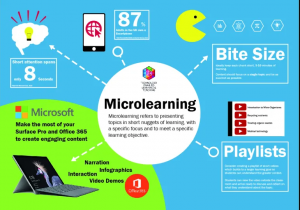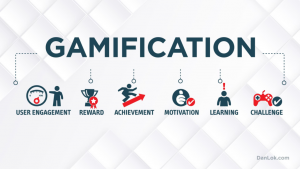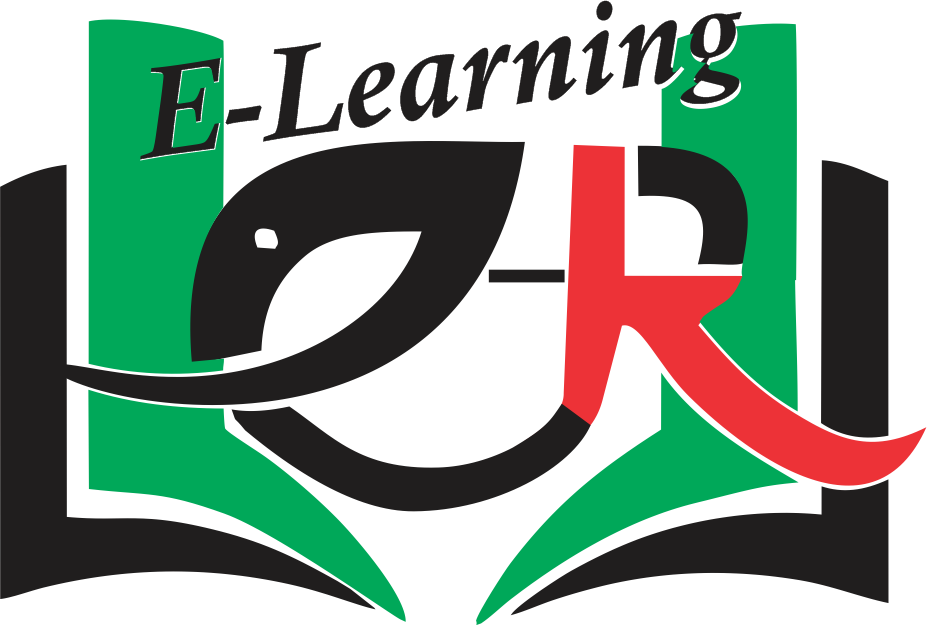Keeping up with online learning

Students’ engagement in online learning has increased dramatically, while the number of students taking face-to-face classes on a typical campus has decreased. The year 2020 was dedicated to the evolution of online learning, while the year 2021 was focused on improving people’s online involvement and training. The indications are clear: in 2022, the focus will be on implementing successful virtual learning strategies for the future. Looking back from 2020 and how training has evolved in the last two years, we saw that learning-focused organizations were faced with the difficulty of offering non-virtual training to their trainees. In 2021, we saw a significant shift toward remote work, with learning organizations implementing tactics to teach and engage their staff in blended learning strategies. Online learning keeps evolving, it waits for no one. What are you doing about it?
To keep up with the evolution of online training, I have compiled the following eLearning trends to the Learning focus areas for 2022. With background research, here’s my list of eLearning trends for 2022. These trends will assist you in engaging your distant learners and establishing a training environment that promotes continual learning and improvement.
- Mobile learning
- Microlearning
- Social learning
- Gamification in learning
- Video-based learning (videos and interactive videos)
- Artificial Intelligence (AI) in learning
- Metaverse and augmented reality/virtual reality learning
Mobile learning

This is a new approach for mobile devices to access learning information. As long as you have a smart mobile device that is linked to the Internet, you can learn whenever and wherever you want. It can also be used for a wide range of training needs, such as formal training, instant/just-in-time learning aids, informal learning, self-directed learning, and social or collaborative learning. Learners benefit from bite-sized content delivery through mobile learning. Learners can see as much of the course as they like with on-demand training. Through the use of platforms like Google Drive, Dropbox, and smartphone apps, mobile learning improves cooperation. We can now collaborate with others both simultaneously (at the same time) and asynchronously (at various times) – in other words, we may work with them both at the same time and at different times. This is a must-have trend that will continue to gain popularity in 2022.
Microlearning

Microlearning is a comprehensive approach to skill-based learning and education that focuses on very short learning units. It entails short-term tactics that are specifically geared for skill-based understanding, learning, and education. Microlearning is action-oriented, and each bite helps learners meet a specific outcome. Because of its adaptability, microlearning is an excellent choice for learning organizations to employ for formal training, just-in-time job aids, and learning aids to recap, reinforce, or challenge learners to assess primary learning. Due to changing workplace dynamics and the need to provide short, concentrated remote learning (especially in the flow of work), microlearning will continue to take the lead. This trend is unquestionably essential for your virtual training offering in 2022.
Social learning

Social learning emphasizes the importance of observing, copying, and imitating others’ behaviors, attitudes, and emotional reactions. Environmental factors interact to influence human learning and behavior, according to social learning theory. Learning businesses are finding it increasingly difficult to deliver effective learning support to distant learners due to changing workplace dynamics. Fortunately, social learning may now be incorporated into your remote learning programs.
- On social networking sites, you can form networks of like-minded learners who help one other through similar learning issues.
- Learning can sometimes occur at a faster rate as a result of ideas or recommendations created through social interactions among groups or colleagues and peers.
- Employees on social media can also offer peer-to-peer support, best practices, and tips and tricks amongst themselves, eliminating the need for trainers to function as go-betweens.
It can be difficult to assess the impact of social learning, but it does work on multiple levels. It may be a powerful tool for driving change and ongoing learning, as well as for fostering communities of practice. This can help people not only stay connected but also learn together in todays fragmented remote workforce. This is a must-adopt trend in 2022, and you can use it to effortlessly and efficiently interact with your remote learners!
Gamification in learning

Gamification of learning is an online learning strategy that uses video game styles and gameplay aspects in learning environments to inspire learners. The objective is to generate fun and pleasure by captivating learners’ attention and motivating them to study more. Gamification-based strategies can be used to address a variety of corporate training needs. A well-crafted gamification method for serious learning will assist you in accomplishing the following:
- A high level of engagement
- Increased recall and retention
- Improved proficiency (practice and progress to mastery)
- Influence or precipitate behavioral changes
- Increased completion rates
With lower costs, quicker design and deployment times, and numerous use cases and positive stories, this trend is worth incorporating in 2022 to improve the engagement of your blended training as well as entirely online training.
Video-based Learning

Video-based Learning, in summary, is the use of video to teach knowledge or skills. You’ve probably learned something from watching a video at some point in your life, whether it was from TV, Tik Tok, or a YouTube instructional. Because of their versatility, videos can be used across the learning and performance improvement criteria, which enables the following learning experience from any distance:
- To generate interest or awareness
- To provide perspective or to educate ideas
- To provide instruction followed by study, implementation, and summary.
- To assess learners’ growth and comprehension
- To correct forgetfulness
This trend also is a must-have in your online training programs in 2022 if you want to provide extremely engaging and immersive learning experiences.
Artificial Intelligence (AI) in learning

An AI-based e-learning platform is a machine that can perform various tasks that require human intelligence. It is capable of providing answers to human-related challenges such as speech recognition, translation, and much more. When combined with high-quality learning materials and instruction, artificial intelligence can help students learn better and faster. AI can also assist students in getting back on track faster by alerting teachers to issues that the human eye cannot detect. It will also be a trend to keep an eye on in the context of improving learning in 2022. While it has been discussed for some time, we are finally going to see its practical application. The use of AI as virtual coaches is on the rise. This adds a significant amount of value to the engaging, connected, and personalized learning that today’s remote workforce requires. In 2022, we will undoubtedly see more from AI for learning.
Metaverse and augmented reality/virtual reality learning

The Metaverse is an online reality in which people communicate with one another through digital techniques.it is a virtual reality environment where you can work, study, and connect, among other things. Interactive virtual learning (in the context of e-learning) is training that takes place in virtual and artificially augmented environments, moving learners away from traditional PPTs, visuals, videos, and audio.
Meta verse is the next level. As quarantines forced people to share online spaces for longer periods during the global epidemic, the concept grew in popularity. People will be able to connect the physical and virtual worlds. These experiences can simulate situations in which learners not only learn more effectively but also apply what they have learned in such training in “real” situations. Augmented and Virtual Reality (AR/VR) devices, which serve as the experiential layer, are expected to drive the metaverse’s successful development. It will alter how learners interact across digital and physical spaces. If you haven’t thought about these Next-Generation Learning Strategies yet, you should in 2022!
A few final words
Many trends that increase a learner’s engagement and performance should be implemented into training when you build up your plans for 2022. I hope that this post has given you some ideas on how to use the proper trends to engage your remote learners and establish a learning and performance environment that may lead to continual improvement.
A Kenya school of revenue administration graduate (tax administration nd certificate in customs and freight logistics) and a professional accountant, experienced consultant with a history in the business field and freelancing .skilled in taxation, accounting, secretarial, and writing

